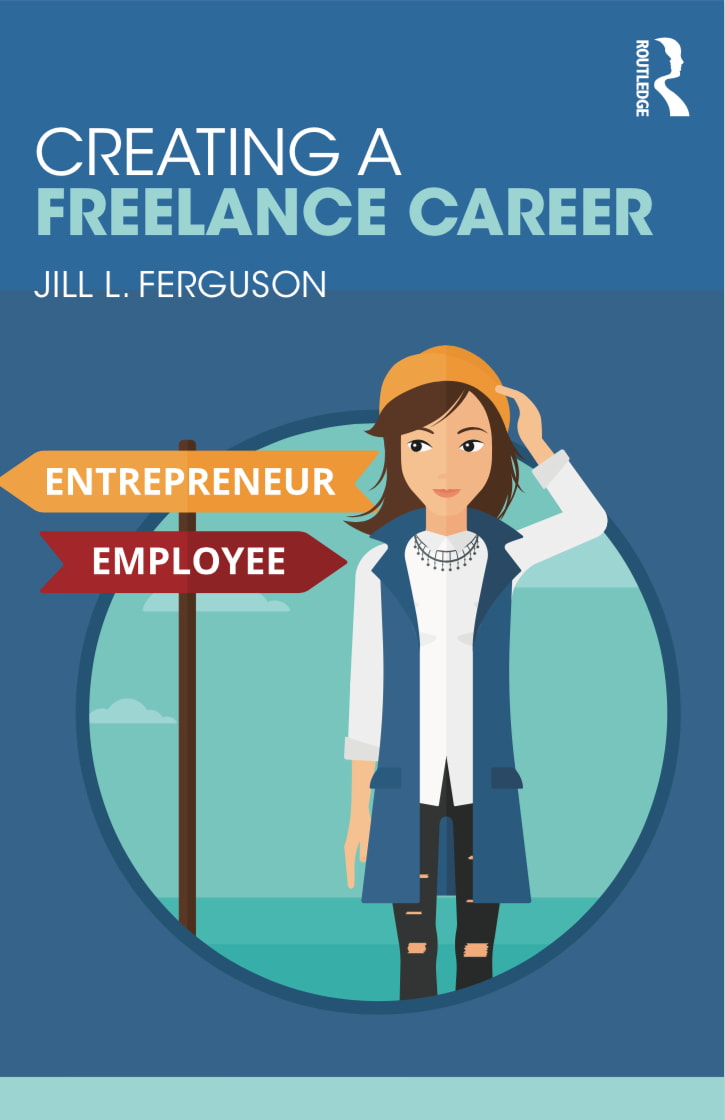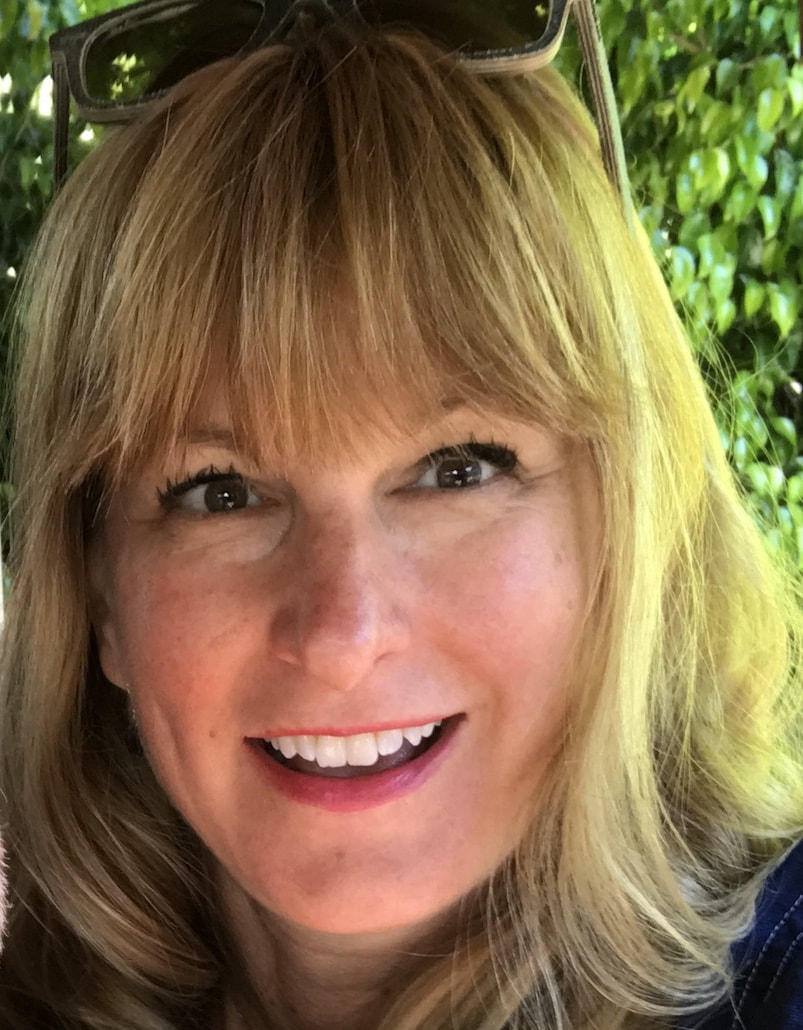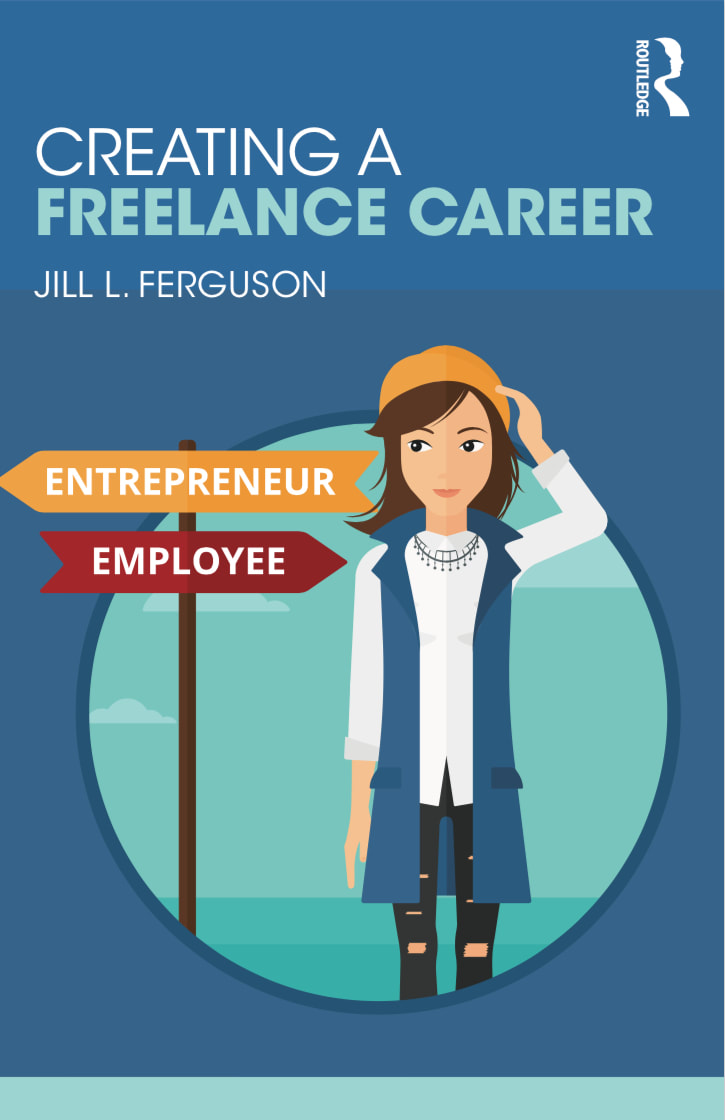 When Sometimes Art Can't Dave You came out, I went on a book tour that took me through northern California, Oregon, Washington, New York City,Minneapolis-St Paul, Indianapolis, and to St. Louis, places my publicist assured me, people were still buying books. :) The tour was great fun. I was on radio shows in the U.S. and Canada. I was on television in most of the places I visited. I recorded podcasts. And I read excerpts and signed books in bookstores. I met some amazing people that to this day, 11 and 12 years later, I call good friends. I even ended up briefly with a stalker while on tour. But the thing no one tells you when you're doing this publicity (besides the whole don't say under your own name at the hotel part so would-be stalkers don't find you) is that book sales may only increase just a little bit and that, depending on your book's subject matter, many people may call into shows to talk to you but those same people may not appear at the public readings. In fact, very few people may show up at the readings. I'm part of an international group of women writers secret FB group, and time and time again when we discuss book marketing, the poorly attended book readings and signings become topics of discussion. A lot of publicity has to go into bringing people out to readings and even then there's no guarantee of an audience since so many other things vie for people's attention and we all have so many other time commitments. Blogging, social media campaigning, getting a following on Amazon's Author Central and Goodreads are all key to getting word out about readings and signings. Also, taking part in new media ideas, like the Virtual Book Tour and Writer of the Week program by Universal by Design, is another way to do readings and have audiences find you by literally coming to you (instead of you touring to them). I read from Creating a Freelance Career last Friday on the Virtual Book Tour, and it was great fun to work with Melissa of Universal by Design/ Melissa is in Norway and I'm in California, but modern technology makes distance irrelevant, and it helps us reach readers wherever they are, too. So before yo consider spending lots of money on a book tour (sorry, publishing companies aren't shelling out for this much anymore unless you're a big-name writer), consider ways you can read and reach readers through social media, through podcasts and virtual tours, through YouTube and your own websites, and through your local community, which is ripe with venues and opportunities...and like the theme song of the old television show Cheers says, "Everybody knows your name."
0 Comments
 I got an unexpected gift over the weekend. The editor Routledge/Taylor & Francis hired to copy edit Creating A Freelance Career endorsed me on LinkedIn and reviewed the book in doing so. This is what Kelly Derrick wrote: "I recently copy-edited Jill's upcoming book, Creating a Freelance Career. Jill is a joy to work with and her book is essential reading for anyone considering a freelance career or indeed already working as a freelancer. As a freelance editor myself I found the book extremely user-friendly, relevant and packed full of everything you need to know about creating and maintaining a freelance career with advice on just starting out, marketing, networking, building your business and brand, making sense of contracts, sustaining and expanding your business and lots more. The book includes really useful resources and links to professional organisations and associations that are invaluable to any aspiring freelancer and also includes inspirational case studies of successful freelance entrepreneurs." Kelly and I have never met. She lives in the U.K. and I live in the States. We have e-mailed back and forth over the past two weeks in regards to my book. And when she finished the edits, I introduced her to some of the women's networking groups related to publishing in which I participate, and I wrote her an endorsement on LinkedIn, too. I believe in promoting others who do outstanding work and in helping people achieve their dreams. And I'm grateful for this unexpected gift of a book review two and a half months before the book is released. Thank you, Kelly.
We are so happy to announce that Stephen Warley and Life Skills that Matter featured Jill L. Ferguson on a podcast released this morning. Jill was given the opportunity to discuss building and managing businesses, doing work that stokes our passions and why it is important to help others on their own journeys. Check out the podcast here: And a special thanks to Stephen for not only having us on the show but for being one of the case studies in our forthcoming book, Creating A Freelance Career. Today is a great day. Routledge sent the cover of my new book. This is in fact one of the best moments in the life of an author. The five highlights are:
So thank you, Nicole, at Routledge for sending me this book cover and for permission to release its image to everyone, and for letting me know that the book release date really has been moved up to the end of August. And since Routledge and Amazon still don't have the cover up on their websites, you, dear readers are among the first to see this image. Say hello to Creating the Freelance Career. The photo of the two bear cubs above was taken last summer when I participated in a black bear field study course with the Dr. Lynn Rogers of the Wildlife Research Institute. It was an incredible experience to study bears in their natural habitat up close and personal. I then wrote about it for Narrative.ly and Kristie Burns of the BEarth Institute leant her fantastic photographic skills. Writing, photographing, composing, pitching ideas to magazines and newspapers and publishers, these are very active ways to make income. And they are necessary in creative professions.
But equally necessary, and sometimes overlooked, is the making of more passive income. How can you take what you've already created and have it continue to bring in revenue, the way royalties come in from books that were long ago published? (The book writing and selling to the publisher is active; income that comes later is a bit more passive). Artists know that they often sell more prints of a particular painting than the painting's more expensive original. This is one reason why they do signed and numbered editions. The IRS has a very limited definition of passive income: income from a rental property or a business activity in which the investor doesn't materially participate. But a slightly broader definition, used in business, would be income resulting from cash flow received on a regular basis, requiring minimal to no effort by the recipient to maintain it. Last week, I was contracted to write an article for Craft Industry Alliance on print on demand (POD) companies that can be used by artists, designers and other creative types to create mass market products from their designs. And as I've been researching and talking to the experts who use these services, I've learned 1) plenty of companies around the world do variations on POD services and 2) some people claim to be making a lot of money with POD designs on things like t-shirts, fabric, leggings, coffee mugs, prints on canvas or posters, iPhone cases and a whole wealth of tchotchkes. Jules at CreatingBeautifully.com featured one such artist in Austria who sells on RedBubble.who talked about how she started selling her designs. Other bloggers, creative consultants and designers have written about how they sell on Society6 and TeeShop,. And some have even written e-books about how to do so. After reading a few of these blogs and articles, I decided to try it for myself. I already make passive income through rental properties and royalties from books and stories. I used to have a store for my artwork on OpenSky (but that was definitely active income as I painted commissioned work). Sites like RedBubble charge no upfront fees. (It works a lot like Amazon's CreateSpace: free uploads and pays a percentage from your monthly sales, and they do all of the sales, printing and shipping). I'm not sure yet about the quality of the products beyond reviews already on the site. I know with Amazon CreateSpace, quality varies. Author and dancer Alison Rose has told stories of how sometimes her children's picture book Shoes Off, Mommy? has upside down pages within the covers; I have not had this problem with CreateSpace but I can understand how that could happen. So this past Saturday, I set up a store on RedBubble so people can order travel mugs, pillows and a plethora of products based on my paintings and photographs. I will upload other designs regularly as that's what the experts say to do to get noticed. The whole setting up process was relatively quick and easy. The site is very user friendly. Today, I ordered some samples of my products so I can investigate the quality myself. I'll let you know in future weeks what I think of the RedBubble products and how sales are going. And if you're a creative who has POD stores, feel free to comment below about how that is going for you, what you like or don't like about it, and anything you think would be useful for freelance and entrepreneurial people to know about Print on Demand. I look forward to our conversation. . . . My friend and the co-author of the book Raise Rules for Women: How to Make More Money at Work Laura C. Browne, texted me today asking when Creating the Freelance Career is coming out. She said she's excited to read it and wants to write an Amazon review. For that, I'm grateful. I told her that Routledge, the book's publisher, told me Creating the Freelance Career would be published in October. But then I wondered if it had an ISBN yet and as listed on Amazon or any other online marketplaces. So I looked.
Low and behold, the book is on Amazon (you can click here) and has a hardback and a paperback pre-order price...and it says it is COMING OUT IN AUGUST If that is indeed so, it's exciting. If August 26 is truly the publication date, then it will be out this summer as opposed to this autumn. What I do know for sure is that the book is with the copy editor and as soon as the copy editor is done, it will go into the book design phase (which I was told would be complete by some time in early July). The page count on Amazon is an estimate. The word count I turned in was just shy of 86,000. When I see the front cover design, I'll post it here, but if you want to take a leap of faith and pre-order, please click this link: https://www.amazon.com/Creating-Freelance-Career-Jill-Ferguson/dp/1138605786/ref=sr_1_1?ie=UTF8&qid=1525118370&sr=8-1&keywords=creating+the+freelance+career And thank you, Amazon, for making it feel like this book's publication is imminent. And for anyone interested in Raise Rules for Women, Laura and I agreed today that we would write an updated version so stay tuned for that. Book editing can seem like a daunting process, that's why it is sometimes outsourced, so a fresh pair of eyes (from those of the author) can review the work. Researchers at the University of Glasgow proved that what our eyes see may not always be translated correctly to our brains since our brains tend to fill in pieces and provide context. Dr. Lars Muckli, from the University’s Institute of Neuroscience and Psychology said, “We are continuously anticipating what we will see, hear or feel next. If parts of an image are obstructed we still have precise expectation of what the whole object will look like." This is why we cannot always see our typos and our written mistakes, and why it is always important to have at least one editor or proofreader.
But what exactly does an editor or proofreader do? And what type of editing is available? The book publishing industry usually divides editing into four categories or types: developmental, substantial, copy editing and proofreading. Stephen King said in On Writing: A Memoir of the Craft, “When you write a book, you spend day after day scanning and identifying the trees. When you’re done, you have to step back and look at the forest.” That's what a developmental editor does: s/he looks at how every tree fits together to become a forest. Or, as Grammarly reports, a developmental editor may work with the author from initial concept through outlining and the writing of drafts (basically being a book development coach); make suggestions about content, organization and presentation; or make suggestions with researching, writing and rewriting. A substantive editor works with the writer on making everything clearer and more accurate to the reader. This kind of editing may require reordering of paragraphs or sentences, rewriting for further explanation or clarity, and editing and organizing for better flow of information or story. A copy editor looks at things like whether the style and language use has been consistent. For example, are compound adjectives always hyphenated? Are references in exactly the same format? Has the style guide (Chicago Manual, MLA, APA, etc.) been used correctly each time? The copy editor also corrects typos, grammar, syntax and makes sure the document has a consistent voice. The copy editor also pays attention to figures and charts and illustrations to make sure they are numbered, headed and noted consistently. To go back to our tree analogy, the copy editor exams each piece of bark, each twig on every tree in the forest to make sure they all add up to a cohesive whole. This is the final edit before the manuscript goes to typesetting/book designing. Proofreading, in a professional publishing context, happens after the book has gone to layout. The purpose of editing at this stage is to catch missing punctuation or any typos that happened during the book layout phase. This is the final time to catch any errors before the book goes to press. If you're in the market for an editor for your book manuscript, you may be looking for a substantive editor or a copy editor. Or, if you are self-publishing, maybe it is just that extra set of proofreading eyes you need. A professional editor will help make any book better. And as illustrated below, creating a stellar product can rarely be done in a vacuum. Hillary Rodham Clinton said that it takes a village to raise a child; it also takes a village to produce a well-written and edited book.  Twice this week I've received e-mails asking for book writing advice and about book coaching. TCK Publishing wrote that most people have no idea what a book consultant or book coach even does. And I agree, which is why I will explain here exactly what I do. I have no set formula for when I coach someone who wants to write a book because every experience is different; people are at different points in their writing or understanding of how the writing and publishing processes work. I approach each coaching relationship with fresh eyes and tailor the program, assignments, and guidance based on the needs of the person who hires me. Coaching should not be a one-size (or style) fits all model. During our first meeting, we discuss goals, timelines, workloads, dedication, proposed routes to take (self-publishing? want help finding an agent and publisher?) and then set up an initial program with assignments that can get you where you want to go and that can then be modified as needs change. Some clients I've worked with want to fast-track their writing and publishing process and may be done in months so we meet either in person or electronically frequently. Other clients, I've worked with for years and years as they wrote and edited and evolved their projects much more slowly so we meet less frequently. Neither method is better or worse as long as it meets the goals of the author. And both timelines and any in between are included with my package deal coaching in the products section of this website. In my forthcoming book, Creating the Freelance Career, chapter six is devoted to the publishing of books, articles, songs, and artwork, but its primary focus is on book publishing. Understanding how it all works is important. Having other people read your work and provide feedback, either in a writing group or in a professional coaching situation, is equally as valuable. I worked with my first writing coach when I was 14, and I've been in writing groups on and off since about that age, too. I've learned so much from my coaches and my fellow writers, and that's why I've taught classes on how to get published and do coaching myself. I believe its important to share our knowledge and to work together to create the best things we can create. An initial consultation is free, so if you've always want to write a book and need the help of someone who has been there and done that--and who has been published by traditional publishers as well as self-published--send me an e-mail, and let's set up a time to talk. Publishing Perspectives reports that 200 million Americans want to write a book, if you're one of those people, stop dreaming and start writing. And seek out a book coach if you need some guidance.
|
AuthorJill L. Ferguson Archives
October 2025
Categories |





 RSS Feed
RSS Feed